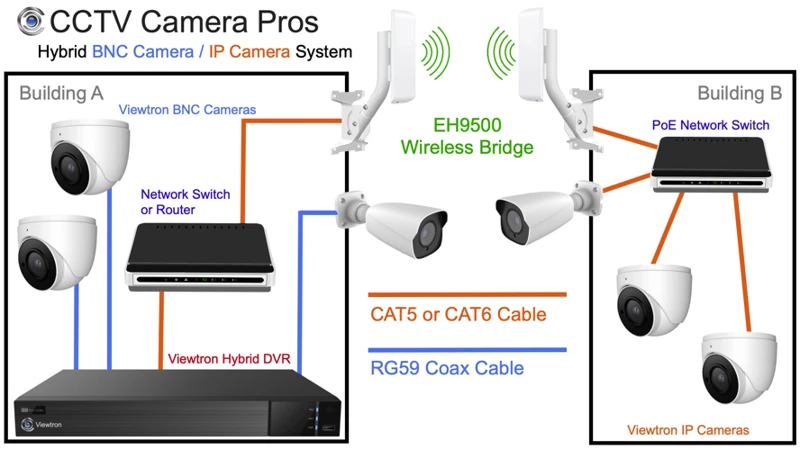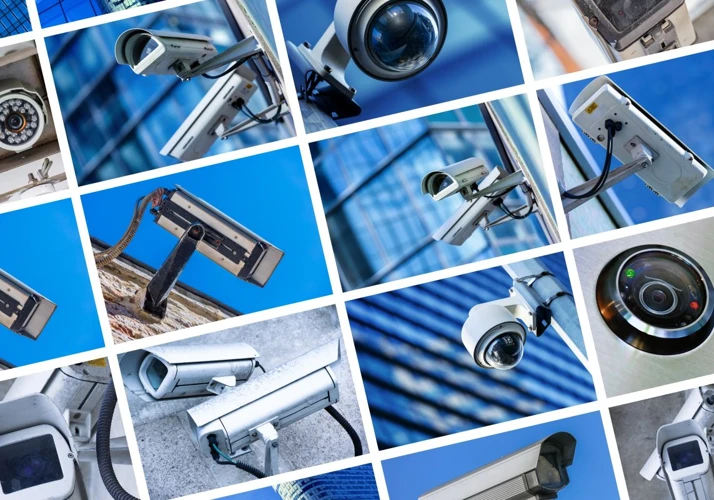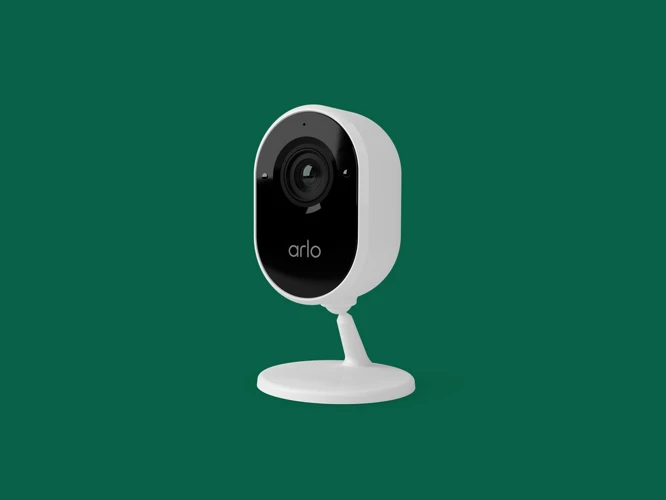Wireless video surveillance systems have revolutionized the way we monitor and secure our homes, businesses, and public spaces. These advanced systems provide unparalleled flexibility, scalability, and convenience compared to traditional wired surveillance setups. In this article, we will delve into how wireless video surveillance systems work, their key components, benefits, and considerations for choosing the right system for your needs.
How Do Wireless Video Surveillance Systems Work?

Wireless video surveillance systems utilize wireless technology to transmit video and audio data from the cameras to the monitoring and recording devices. These systems typically consist of wireless cameras, a central recording unit, and a monitoring interface.
Wireless Cameras
The wireless cameras in a surveillance system are equipped with built-in transmitters that send video and audio signals to the central recording unit wirelessly. These cameras can be strategically placed indoors or outdoors to capture footage of specific areas.
Central Recording Unit
The central recording unit is the hub of the wireless surveillance system where all the video and audio data is transmitted and stored. This unit can be a digital video recorder (DVR) or a network video recorder (NVR) that records and saves the footage for future playback.
Monitoring Interface
The monitoring interface is where users can view live footage from the wireless cameras and access recorded video files. This interface can be a computer, smartphone, or dedicated monitor connected to the central recording unit, allowing users to monitor their premises remotely.
Benefits of Wireless Video Surveillance Systems

Flexibility
One of the primary benefits of wireless video surveillance systems is their flexibility. Unlike wired systems that require extensive cabling, wireless cameras can be easily installed in locations where running cables is not feasible. This flexibility allows users to expand their surveillance coverage without the constraints of wired connections.
Scalability
Wireless surveillance systems are highly scalable, making them suitable for both small and large-scale applications. Users can easily add additional cameras to their system as needed without the hassle of running new cables, making it a cost-effective solution for growing surveillance needs.
Remote Monitoring
Another key advantage of wireless video surveillance systems is the ability to monitor your premises remotely. With a stable internet connection, users can access live camera feeds and recorded footage from anywhere in the world using a computer or mobile device. This remote monitoring capability provides peace of mind and enhances security.
Easy Installation
Wireless surveillance systems are relatively easy to install compared to wired systems, as they do not require complex cable routing and wiring. This makes them ideal for DIY installations, saving time and money on professional installation services.
Enhanced Security
Wireless video surveillance systems offer enhanced security features such as motion detection, night vision, and two-way audio communication. These features help users detect and respond to security threats in real-time, making their premises safer and more secure.
Cost-Effective
While wireless surveillance systems may have a higher upfront cost compared to wired systems, they are often more cost-effective in the long run. With no need for expensive cabling and easier installation, wireless systems can save users money on installation and maintenance costs over time.
Weather Resistance
Many wireless cameras are designed to be weather-resistant, making them suitable for outdoor surveillance applications. These cameras can withstand harsh weather conditions such as rain, snow, and extreme temperatures, ensuring reliable operation year-round.
Considerations for Choosing a Wireless Video Surveillance System

Camera Quality
When selecting a wireless video surveillance system, consider the quality of the cameras included in the package. Look for cameras with high-resolution video capabilities, night vision, and wide viewing angles to ensure optimal surveillance coverage.
Storage Capacity
The storage capacity of the central recording unit is crucial for storing and accessing recorded footage. Choose a system with sufficient storage capacity to accommodate your recording needs, whether it’s continuous recording or motion-activated recording.
Wireless Range
Ensure that the wireless cameras have an adequate range to communicate with the central recording unit without signal interference. Factors such as building materials, obstacles, and distance can affect the wireless range, so choose a system that meets your specific range requirements.
Remote Access
Consider the remote access capabilities of the surveillance system, as this feature allows you to monitor your premises from anywhere at any time. Look for systems that offer user-friendly mobile apps or web interfaces for convenient remote monitoring.
Integration with Smart Home Devices
If you have a smart home setup, consider choosing a wireless surveillance system that integrates with your existing smart home devices. This integration allows you to control and monitor your surveillance system alongside other smart home functions for seamless operation.
Professional Installation vs. DIY
Decide whether you prefer professional installation or a DIY setup for your wireless surveillance system. While DIY installation is more cost-effective, professional installation ensures proper setup and configuration for optimal performance.
Security Features
Evaluate the security features offered by the wireless surveillance system, such as encryption, password protection, and firmware updates. These features help prevent unauthorized access to your system and ensure data security and privacy.
Looking to enhance your security system? Learn more about professionals wired video surveillance installation, video surveillance systems for business, and the benefits of video surveillance alarm systems. Consider installing wireless video surveillance systems with these helpful tips, or upgrade your current video surveillance system for improved safety and monitoring capabilities!
Conclusion
Wireless video surveillance systems have transformed the way we monitor and protect our homes and businesses. With their flexibility, scalability, remote monitoring capabilities, and advanced security features, wireless systems offer a comprehensive solution for enhancing security and peace of mind. When choosing a wireless surveillance system, consider factors such as camera quality, storage capacity, wireless range, remote access, integration with smart home devices, installation options, and security features to select the system that best meets your needs. Embrace the power of wireless technology to safeguard your premises and enjoy the convenience of remote monitoring with a wireless video surveillance system.







